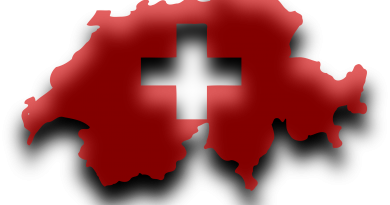The vital importance of data (I)
After a week in which Sweden had averaged 1100 COVID-19 infections and more than 30 deaths per day, it reported 0 deaths and 0 infections on June 20. It did so again on June 21, and again on June 22. Had Sweden, Europe’s corona hot spot in the month of June, managed a sudden and complete stop of the virus? No: the country had stopped reporting. It resumed reporting again on June 23.
On June 19, Belgium’s federal research institute Sciensano announced it would no longer report corona data on Sundays and Mondays, given the positive evolution of the virus outbreak. On June 25, the Dutch National Institute for Public Health and the Environment RIVM followed suit: starting July daily updates would become weekly updates. The institute added that data would remain available.
If you don’t report infections and deaths, you don’t have any. If you do report them, you risk having many. It sounds like a phrase which belongs in a sketch of comedian Sarah Cooper, or in a speech of the American president. In both actually.
The need for a long weekend or a holiday break for statisticians, hospital administrators and all involved in reporting, is fully understandable. But even assuming that not a single weekend case nor death will go unnoticed, the institutes give a poor signal. What else might not be reported or might be missed?
It is the slope of the curve that matters, more than the absolute values. In order to spot any sign of a new outbreak at the onset, you need to ensure you can detect the slightest change of the slope in the shortest possible time interval. This is no time yet for reducing reporting frequencies. After all, none of the three countries can boast of an impressive performance in the current pandemic. Instead they might listen to Samuel Scarpino in the next post.


